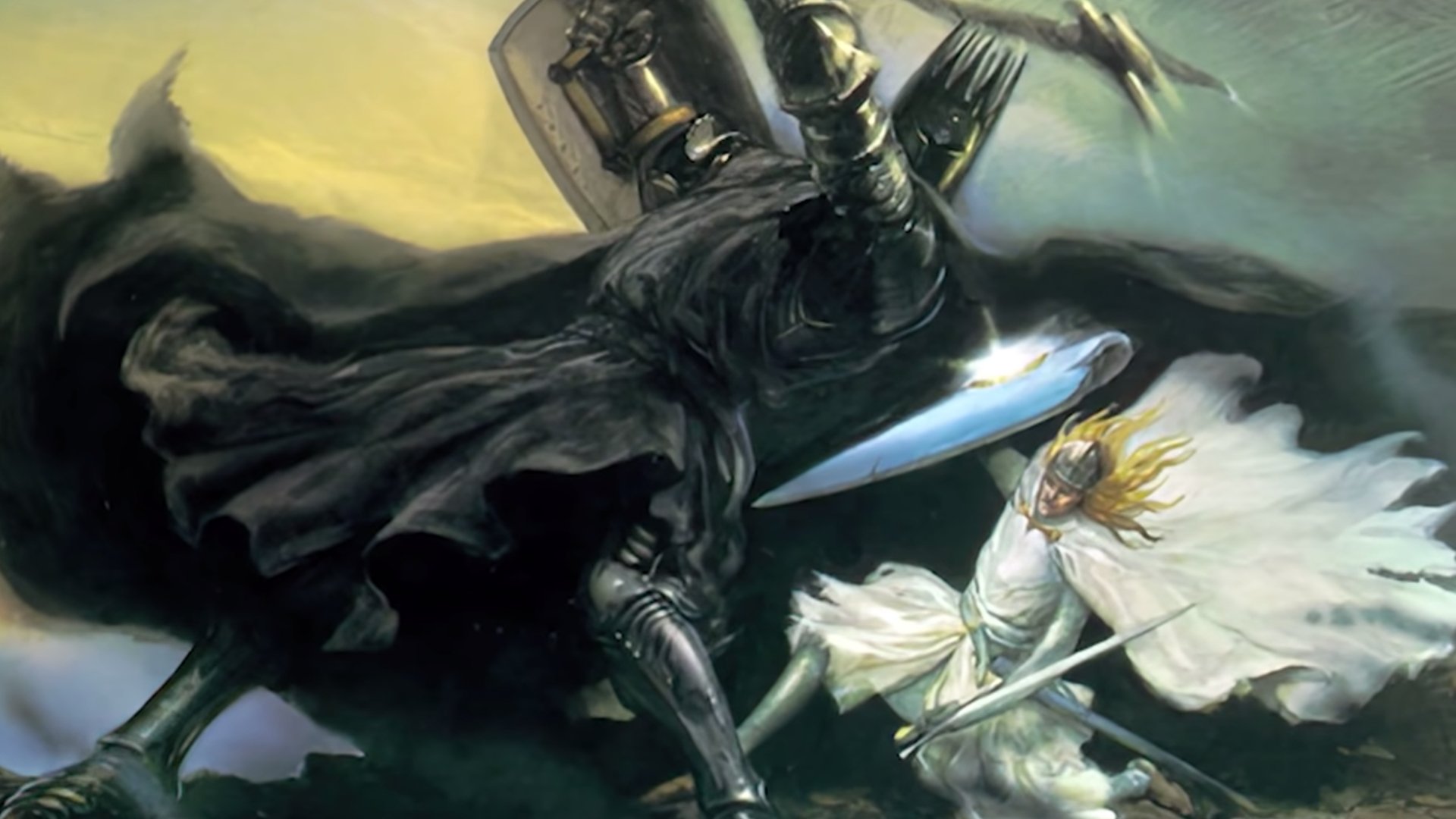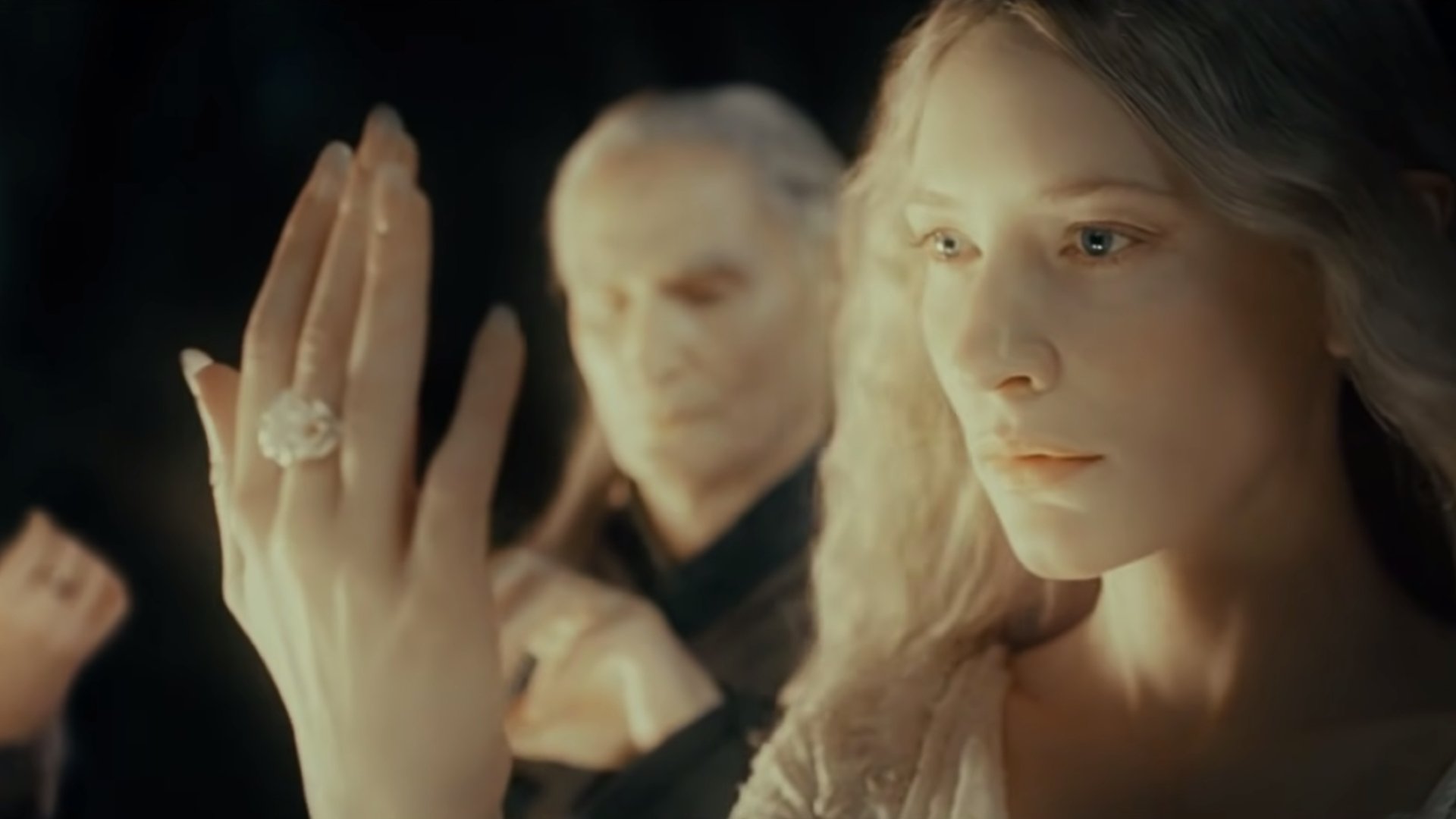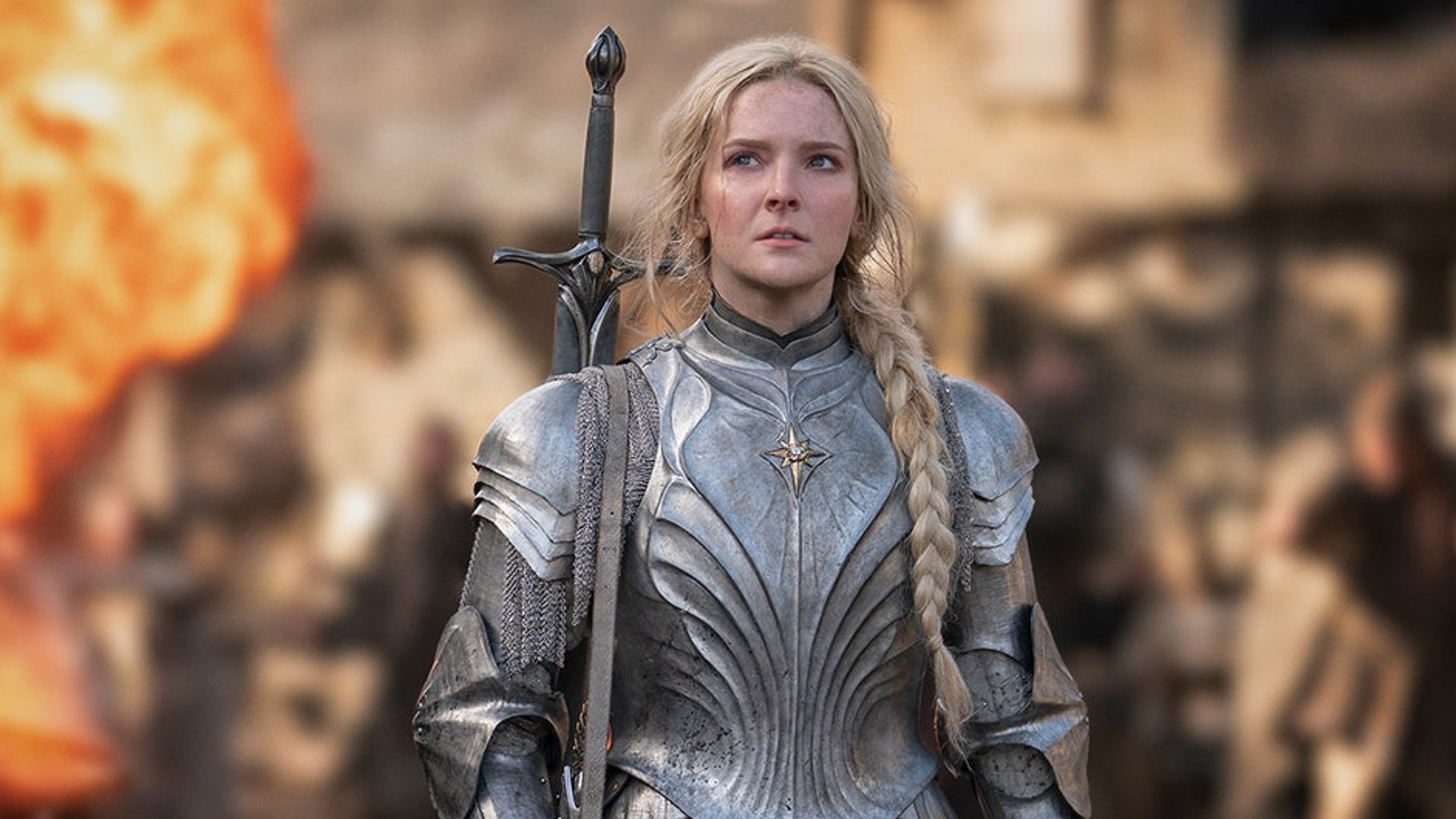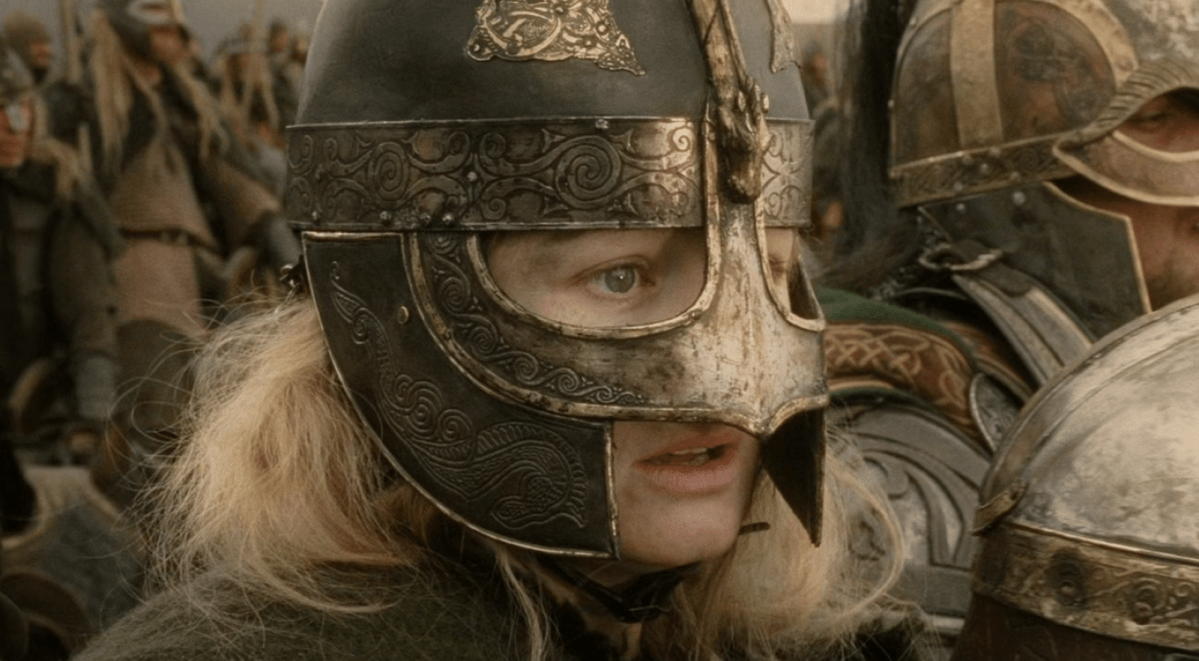J. R. R. Tolkien’s fantasy world of Middle-earth continues to delight people of all ages all around the world. Readers got their first taste in 1937’s The Hobbit, though the scope, maturity, and complexity of Tolkien’s plan came into sharp focus in the epic The Lord of the Rings — released over three books in 1954 and 1955. They were immediately recognized as a masterpiece and have been widely read ever since.
But it was Peter Jackson’s early-2000s movies that really cranked up their popularity. The Fellowship of the Ring, The Two Towers, and The Return of the King blew audiences away, with their casting defining these characters forever. Jackson followed that up with the somewhat less successful The Hobbit trilogy in the 2010s, at which point the Tolkien well was running a bit dry.
Right now, we’re on the cusp of another revival, with Amazon’s The Rings of Power heading back thousands of years before Frodo to the Second Age of Middle-earth. Among other things, the show seeks to broaden the appeal of the franchise with a diverse cast and better gender representation than Tolkien’s existing stories.
But does The Lord of the Rings pass the Bechdel Test?
What is the Bechdel Test?
Created in 1985 by cartoonist Alison Bechdel, this test aims to measure the representation of women in fiction. Its genius is its simplicity — and how easy it should be to pass:
The work has to have at least two women in it who talk to one another about something other than a man.
It’s worth underlining that an individual work passing or failing the Bechdel doesn’t necessarily mean it’s sexist or even that it underrepresents women, but applied to the industry as a whole, it’s a useful way of seeing how women are portrayed in fiction and calling attention to gender inequality.
So, let’s see whether stories written by an upper-class British guy born in 1892 pass.
The Books

We can write off The Hobbit instantly as there are no female characters at all in it, but how about The Lord of the Rings? Galadriel, Arwen, Eowyn, Goldberry (Tom Bombadil’s wife), and Lobelia Sackville Baggins are the only female characters and none of them share a scene (let alone talk to one another) so The Lord of the Rings in its entirety fails the test.
However, Tolkien’s Middle-earth legendarium The Silmarillion actually does clear the bar. In Chapter 15, powerful maiar Melian and Galadriel have the following exchange:
And on a time Melian said: “There is some woe that lies upon you and your kin. That I can see in you, but all else is hidden from me; for by no vision or thought can I perceive anything that passed or passes in the West: a shadow lies over all the land of Aman, and reaches far out over the sea. Why will you not tell me more?”
“For that woe is past,” said Galadriel; “and I would take what joy is here left, untroubled by memory. And maybe there is woe enough yet to come, though still hope may seem bright.”
In an amusing twist, the pair are discussing the land “Aman”, but that’s not “a man,” so we’re giving The Silmarillion a big fat pass.
The Lord of the Rings trilogy

Peter Jackson, Fran Walsh, and Philippa Boyens all recognized that a big storytelling hurdle in bringing The Lord of the Rings to live-action was that the story is a full-on sausage fest. As such, they decided to expand Arwen and Eowyn’s roles and play up the very loose love triangle between them and Aragorn. Jackson specifically noted that Arwen “is barely in the book” despite being such an important character and considered it a change that Tolkien would have approved.
But despite the films actively trying to boost female representation, do they pass the test? The Fellowship of the Ring and The Return of the King don’t, but The Two Towers does. In the Rohan scenes, there’s a minor child character called Freda, who plays a key role in being sent to alert King Theoden that their towns are being raided and burnt.
In her brief moments in the movie, Freda speaks with Eowyn about where her family is, and is later reunited with her mother in Helm’s Deep. Yes, it’s blink-and-you-miss-it moment, but length doesn’t count, so The Two Towers is a pass.
The Hobbit trilogy

Once again, these movies went out of their way to expand the roles of existing female characters, but this time, the need to create new scenes to stretch Tolkien’s short book into an epic trilogy allowed Jackson, Walsh, and Boyens more wiggle room. As such, they introduced elven warrior Tauriel, as played by Evangeline Lilly. But does she ever talk to another woman about something other than a man? Nope.
Neither An Unexpected Journey nor The Battle of the Five Armies passes the test. However, The Desolation of Smaug just about squeaks over the line in the scene where the daughters of Luke Evans’ Bard, Sigrid and Tilda, ask one another for help. So The Desolation of Smaug is officially a pass.
The Rings of Power

We’re now just over a month away from The Rings of Power premiering on Amazon Prime, with the show offering up a lot of female characters, including Queen Regent Miriel (Cynthia Addai-Robinson), healer Bronwyn (Nazanin Boniadi), Galadriel (Morfydd Clark), and dwarven princess Disa (Sophia Nomvete).
Happily, as of the SDCC trailer released last week, we can already say that The Rings of Power passes the Bechdel test. The trailer contains a short scene in which Galadriel and Miriel speak over the Palantir. As Galadriel lays her hand on the stone, Miriel says, “It is here, Galadriel. The moment we feared.”
At least that’s one hurdle the show has already cleared, though with multiple seasons planned, we expect it to pass the Bechdel test on many occasions.
We want to underline one more time that the majority of The Lord of the Rings material not passing the Bechdel test isn’t a condemnation of it, rather it’s a reflection of there being a lack of female characters and agency in these stories.
Figuring out whether that’s because of the masculine culture Tolkien grew up in, the male-dominated myths he was inspired by, or simply because he wasn’t interested in female characters, is best left to Tolkien scholars, but at least things seem to be improving in the franchise.
The Rings of Power premieres on Amazon Prime on September 2.

